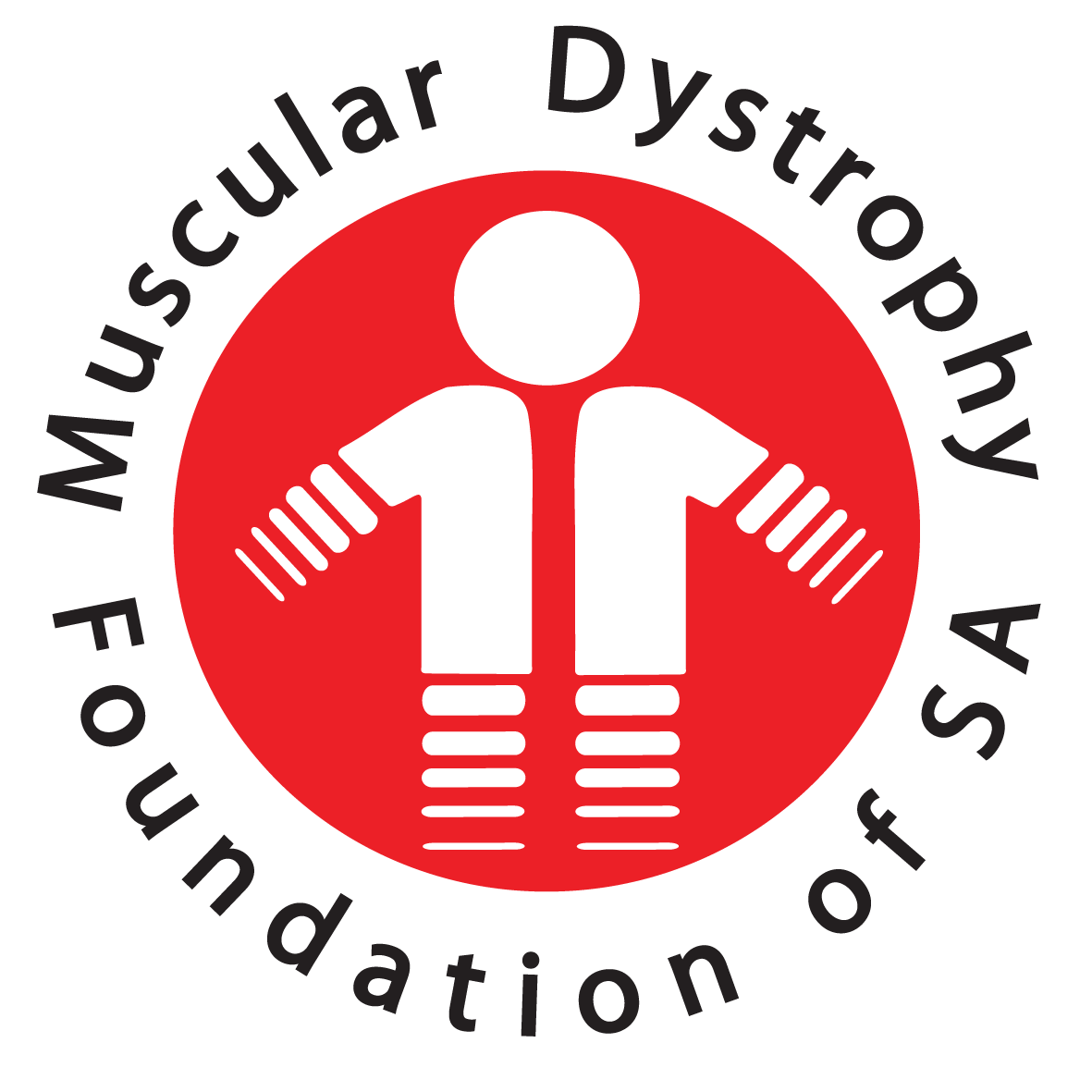Congenital Muscular Dystrophy (CMD)
Respiratory care
- Respiratory failure in CMD may present without the usual signs of respiratory distress. Always consider underlying respiratory failure.
- If presenting with respiratory symptoms or oxygen need, measure SpO2 in air and CO2 (transcutaneous, end-tidal or blood gas).
- Titrate oxygen therapy to achieve SpO2 94-98% and monitor CO2.
- If CO2 is raised, consider early initiation of mask ventilation.
- Manage respiratory infections with chest physiotherapy, and consider use of nebulised saline and in-exsufflator (cough assist device).
- For hypersecretion, consider oral atropine drops.
- Collect cough swab or sputum for culture and use broad-spectrum antibiotics.
Cardiac care
- The likelihood of heart involvement depends on the underlying CMD mutation and this guides the intensity of cardiac surveillance (i.e. Echo and ECG).
- Cardiomyopathy occurs commonly in MDC1C (fukutin mutation) around age 10 years, progressing to heart failure. Periodic cardiac imaging is recommended from diagnosis.
- LV-dysfunction may be mild or non-progressive (MDC1A; FKRP).
- Even asymptomatic LV-dysfunction should be treated empirically with conventional regimes (e.g. ACE-inhibitors or angiotensin-receptor blockers; +/- beta-blockers; etc.).
- The possibility of severe LV-dysfunction should be considered when CMD patients present acutely or for other aspects of their condition.
Speech and Language Therapy/Swallowing
- Swallowing difficulties can be common in CMD.
- Refer to a specialist Speech and Language Therapist for an up-to-date swallowing assessment and/or the nutrition team for consideration of alternative means of hydration/nutrition, such as gastrostomy.
Orthopaedics
- Low-energy fractures can occur in children with poor mobility and joint contractures.
- In the limbs, these can appear as ‘greenstick’ or impacted fractures and can be difficult to see on X-ray.
- A high level of suspicion is required if a child has minor trauma, pain, tenderness and limited, reduced mobility.
- Refer to specialist paediatric orthopaedic services for fracture management.
GI Nutritional issues
- Gastrostomy tube leakage can occur and may need replacement.
- If tube is removed/or falls out it is important to keep entry site open using XX and to contact the gastrointestinal specialist as soon as possible.
Reprinted with permission of Muscular Dystrophy UK. Reviewed by Dr J Wilmshurst, Head of Paediatric Neurology, Red Cross War Memorial Children’s Hospital
